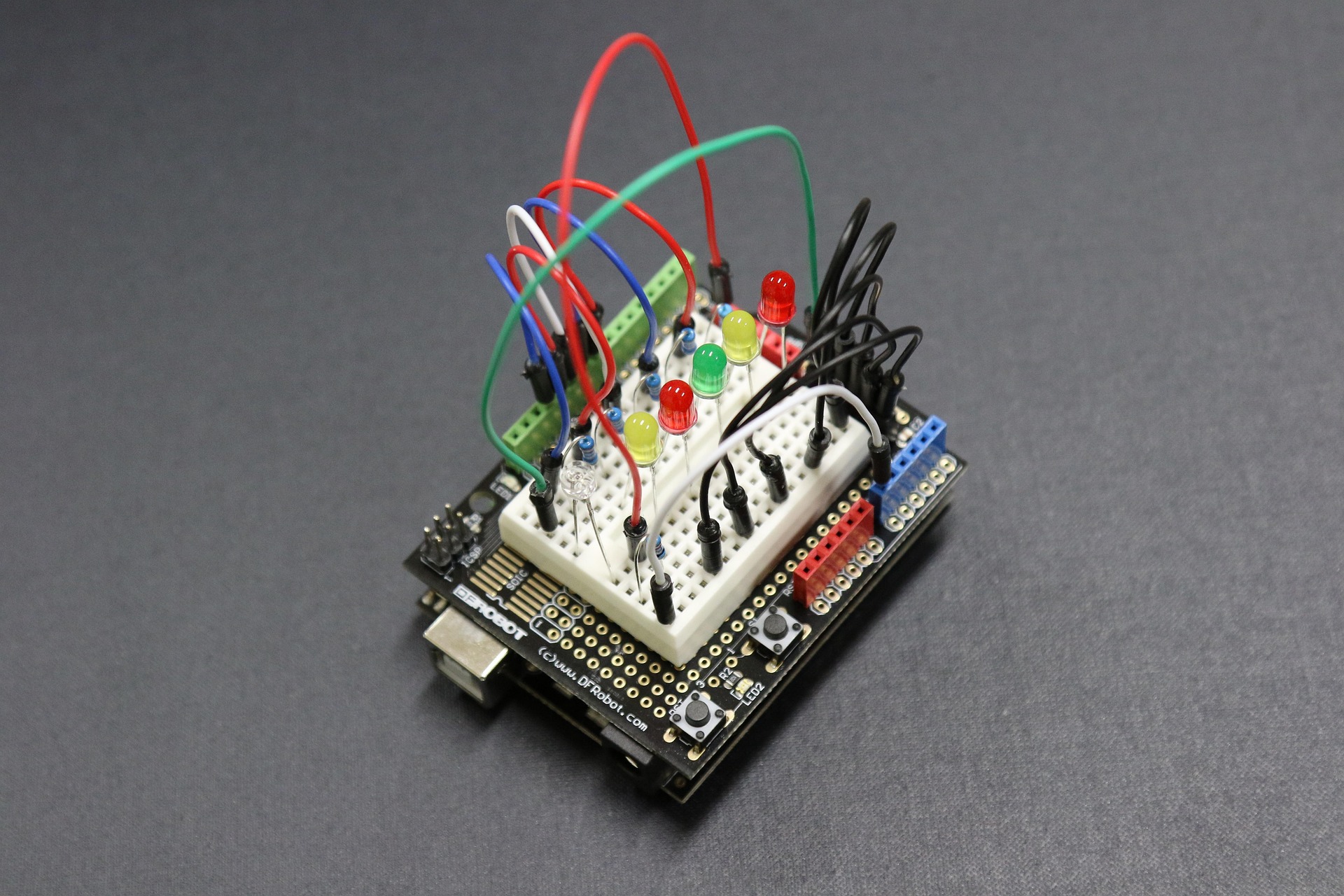When designing and manufacturing electronic enclosures, ensuring they meet safety and industry standards is crucial for both functionality and protection. Electronic enclosures are used to house sensitive components and ensure the safety of individuals interacting with electrical systems. These enclosures need to protect against environmental elements, prevent electrical hazards, and conform to legal requirements. The growing use of electronics in various industries like manufacturing, automotive, and medical applications makes it essential to follow the right guidelines. This blog post outlines key considerations and steps to ensure that your electronic enclosure complies with safety and industry standards.
Understand Relevant Industry Standards
Before starting the design or manufacturing process of an electronic enclosure, it’s important to familiarize yourself with the standards that apply to your specific industry. Internationally recognized standards such as the IP (Ingress Protection) ratings, UL (Underwriters Laboratories) certifications, and IEC (International Electrotechnical Commission) guidelines are common. These standards help determine how well your enclosure protects against elements like water, dust, and harmful electrical impacts, experts at budind.com explain. For example, the IP rating indicates the level of protection against dust and moisture, while UL certifications ensure the safety of the enclosure’s materials and components. Researching and adhering to these standards from the start can prevent costly revisions and non-compliance issues.
Material Selection for Durability and Safety
Choosing the right materials for your enclosure is a critical step in ensuring safety and industry compliance. Materials like steel, aluminum, and high-grade plastics are commonly used in electronic enclosures due to their strength, durability, and protective properties. Consider factors like the potential for corrosion, impact resistance, and the ability to shield against electromagnetic interference (EMI) or radio frequency interference (RFI). Material choices should also be fire-resistant if your application requires it. For instance, enclosures used in high-temperature environments, like industrial machines, need materials that can withstand extreme conditions without compromising safety.
Design for Proper Ventilation and Heat Dissipation
Effective heat dissipation and ventilation are vital for maintaining the safety of electronics housed in enclosures. Overheating can lead to component failure or even fire hazards. Designing the enclosure with adequate ventilation and heat management systems ensures that the internal components remain at a safe operating temperature. Consider incorporating vents, fans, or heat sinks, depending on the nature of the equipment housed inside. Additionally, having the enclosure’s design tested under different environmental conditions helps ensure that the ventilation system is effective in preventing overheating and damage to the electronic components.
Ensure Proper Electrical Insulation and Grounding
Electrical safety is a top priority when designing an electronic enclosure. Proper insulation and grounding are crucial to prevent electric shock hazards. The materials used in the enclosure must provide adequate insulation to protect users from coming into contact with live electrical parts. Grounding mechanisms, such as earth connections or grounding pins, should be incorporated to prevent the buildup of static charges or electrical surges. Ensuring that your enclosure is built to withstand electrical faults and provides a safe pathway for electrical currents will not only protect individuals but also meet the safety standards required by regulatory bodies.
Test for Environmental Protection
Environmental protection is another key factor in ensuring your electronic enclosure meets industry standards. Whether it’s exposure to moisture, dust, or chemicals, the enclosure should be able to protect the internal components from environmental damage. Testing your enclosure for resistance to external factors is essential to comply with protection standards. This includes testing for water ingress (with IP ratings like IP65 or IP68) and dust-proof capabilities. Additionally, testing for resistance to chemicals, oils, or extreme temperatures will help guarantee that your enclosure can handle the environmental challenges it will face in real-world applications.
Compliance with Regulatory Requirements
Last but certainly not least, ensuring that your electronic enclosure meets regulatory requirements is an essential step. Different regions and industries have specific safety regulations and certifications that your product must adhere to. Regulatory agencies like the FDA (Food and Drug Administration), CE (Conformité Européenne), and RoHS (Restriction of Hazardous Substances) have specific guidelines that your enclosures must meet. These regulations typically cover aspects like material safety, toxicity, and environmental impact. Ensuring compliance with these regulatory bodies guarantees that your enclosure will be accepted for use in various industries and markets, while also keeping you on the right side of the law.
Ensuring that your electronic enclosure meets safety and industry standards requires careful attention to material selection, design considerations, environmental protection, and regulatory compliance. By understanding the relevant standards and applying them throughout the design and manufacturing processes, you can guarantee the safety of the users and protect the electronics housed inside. Regular testing, quality control, and keeping up with the latest industry regulations are essential to ensuring the enclosure will provide reliable and safe performance for its intended purpose.

